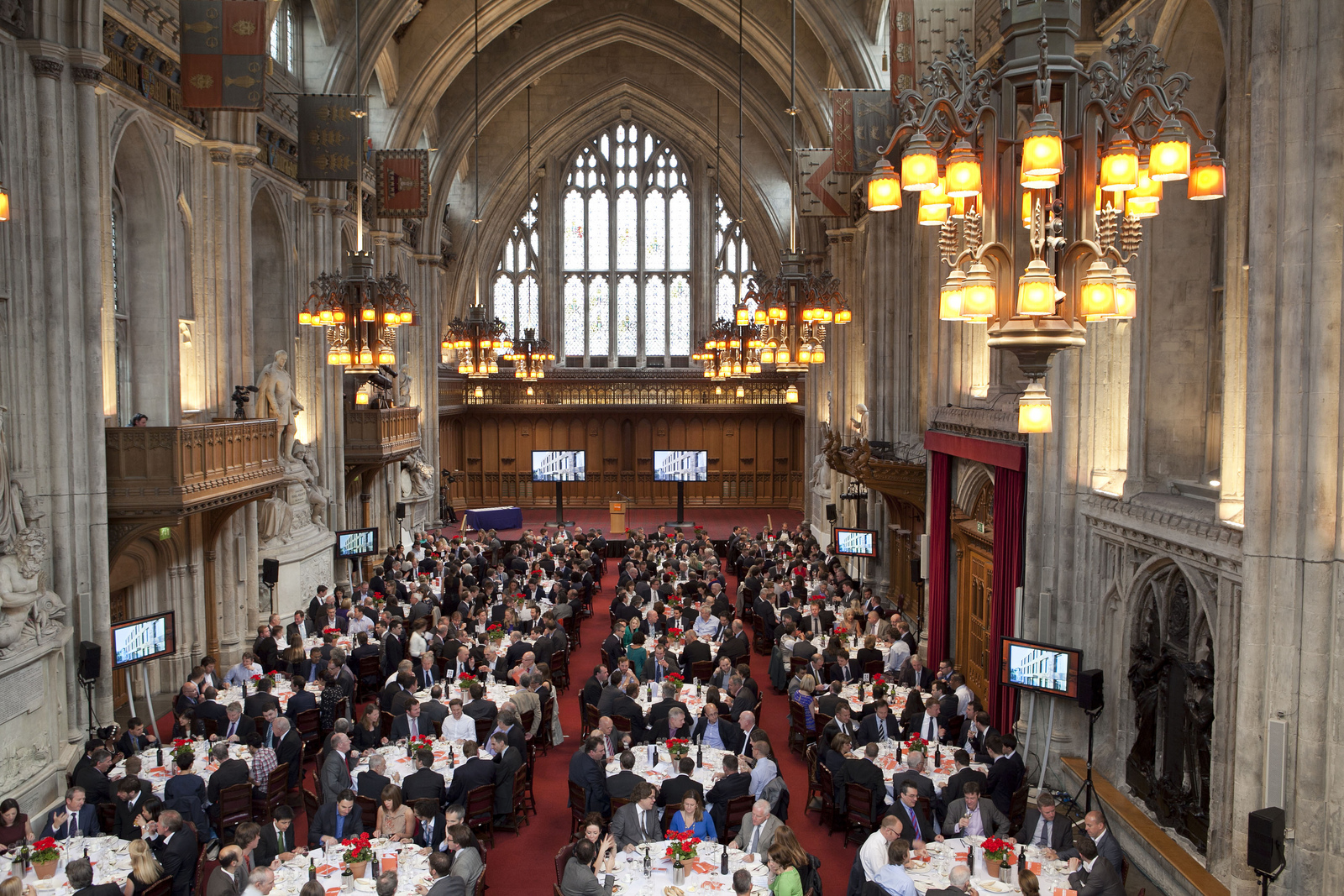179prs_Architect as player performance
This Sunday we were happy that as a sign-of-our-times, player performance was reported by The Observer in ‘Maths of the Day’: how geeks took over football aka how date captured football: link here.
In our informational age (say the past 20 years or so), there has been a dramatic shift from intuitive appraisal towards data driven analysis to assess human resource value. Sport is one endeavour where performance is closely monitored. Moneyball: The Art of Winning an Unfair Game is a 2003 book by Michael Lewis about the Oakland Athletics baseball team and its manager Billy Beane. The book’s focus is the team’s adoption of an analytical, evidence-based, sabermetric approach to assembling a competitive baseball team, despite Oakland’s disadvantaged revenue situation. You could say it’s about how to win from a losing position. This idea is central to WHAT_architecture’s research into ‘architect as player’ performance. In Human Resource terms, the value of an employee reference is being increasingly being devalued given the historical approach which uses very subjective tools: “good team player, practises well, very creative, a good head “. We think that a more studious metric approach could hold value and so we turned to the Opta Indices / Match Attax guides as to player performance in football as a form guide to 2moro’s architect.
TBC: fake cvs / architectural awards culture / starchitecture / FB Likes / KPI: the pass as an email / levels of communication / Is the Goal a Building? / As our ‘output’ is only 5% buildings, what is the other output? / WHAT_Architecture is building Human Resources.
The PRS Research will be presented as a book of two halves: reading left to right ‘What is the Game of Architecture?’ vs reading right to left ‘Play the Game of Architecture!” Think vs Do!? ! vs ?
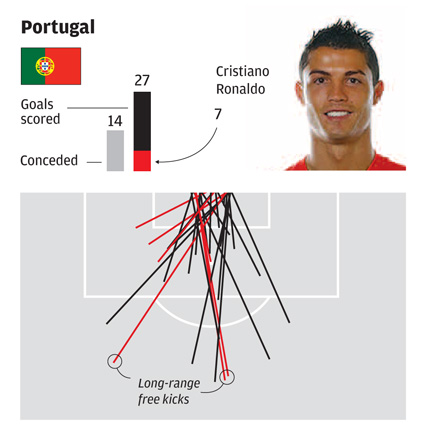
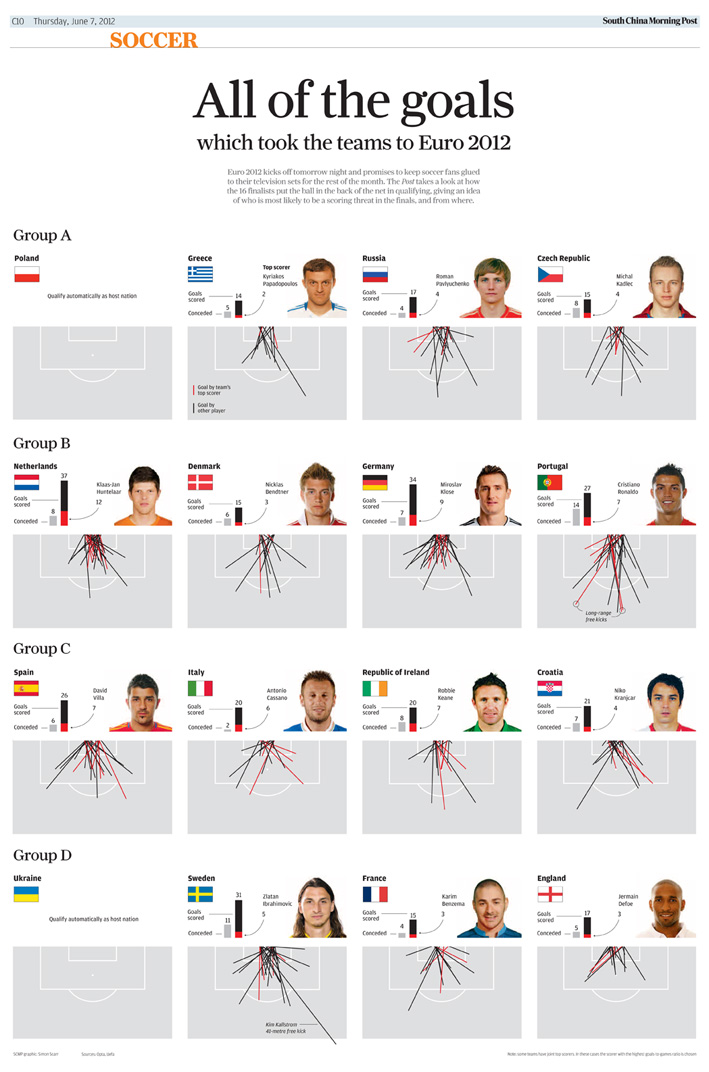
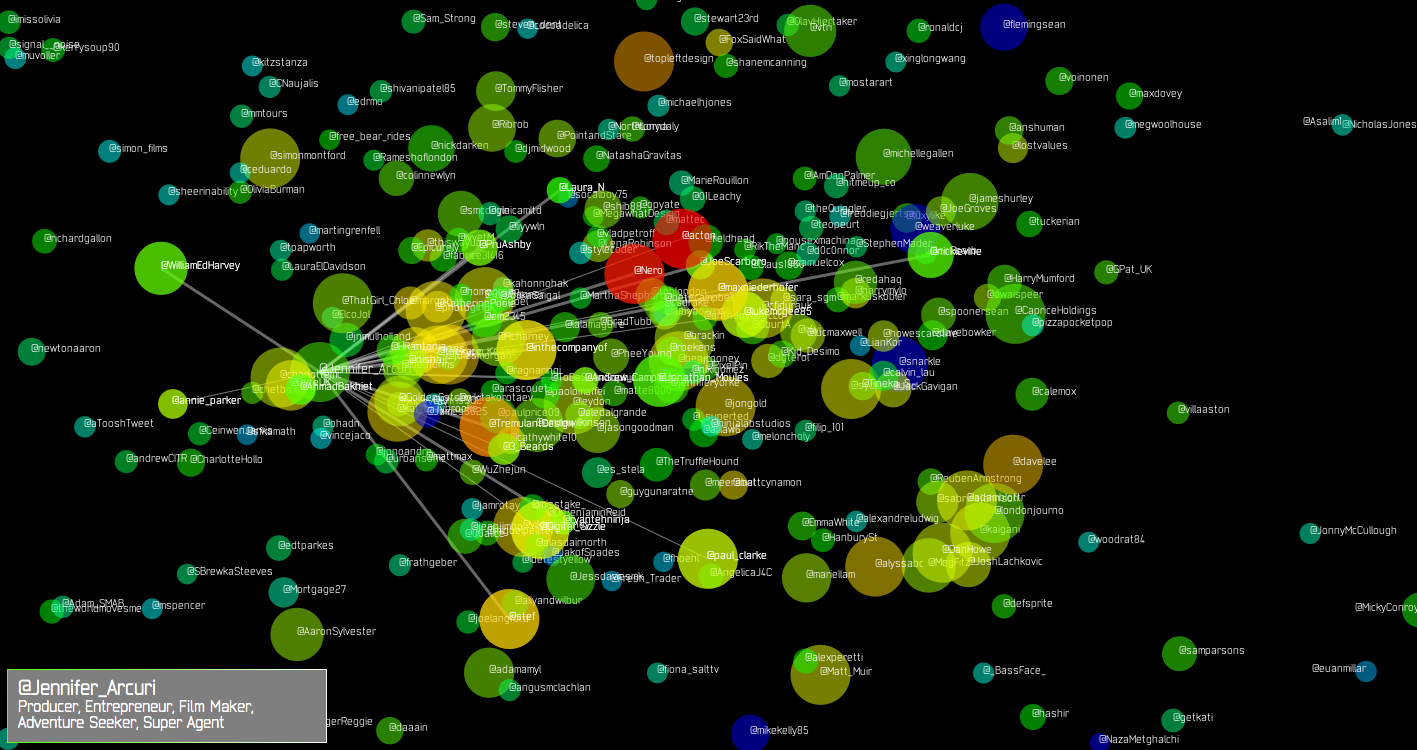




179prs_3 SIDED FOOTBALL
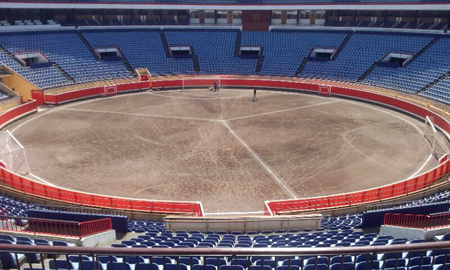 Three sided football was devised in 1962 by the Danish artist Asger Jorn, and this version of the beautiful game is an extension of his links to the Marxist-inspired Situationist movement. Jorn saw traditional football as a representation of the “us versus them” class struggle of the time and wanted to create an alternative which reflected the complexity of society and encouraged cooperation. In this game, three, not two, teams would strive on a hexagonal pitch, collaborating rather than competing, agreeing amongst themselves what was allowable and not allowable, rather than being controlled by an outside force. In other words: no rules, no refs.
It is little surprise, then, that the bulk of those drawn to the sport are left-leaning, although Geoff Andrews, from Philosophy Football FC, believes its popularity is also linked to a growing disillusionment with modern football. “There’s an emphasis on teamwork [in three-sided football] but it’s also about individual expression, and at a time when there is a worry about the commodification and corporatisation of football this brings back the true essence of the sport,” he said. Two decades on from the first-known organised three-sided match, there remain no rules beyond a handful of basic principles: the pitch must be hexagonal in shape and equally divided into three, halves can last for any length of time, teams can vary in size, there are no offsides, and goalkicks, throw-ins and corners operate on the basis of each team having two sides on the pitch: if the ball goes out on either of your sides you get the set piece; if it went out off you, it goes to the team whose goal is nearest to the ball. The key principle is that the team who concedes the fewest goals wins, with goals scored only counting in the event of a tie, and it is this which leads not only to the cooperative nature of three-sided football but also to what Dyson described as its “element of bluff”. Gazzetta dello Sport’s Filippo Ricci calls it “organised confusion”.
In 2010, Sally O’Reilly, then writer in residence at Whitechapel Gallery in east London, organised a match in which three teams would represent the main political parties in a game designed to demonstrate the shifting allegiences and balance of power in party politics. Philosophy Football FC formulated a set of rules which could be used in a real situation.
1. Scoring
A team does not count the goals it scores, only the goals it concedes. The winner is the team that concedes the fewest goals.
2. Throw-ins / goal-kicks / corners
On the hexagonal pitch, each team has two sides of the six-sided pitch: the side with the goal (the ‘backside’) and the side opposite to your goal (the ‘frontside’). If the ball goes out on one of your two sides, you get the throw-in / goal-kick. If it went out off you, the throw-in or corner goes to the team whose own goal is nearest to where the ball went out.
3. Referees
While there is a temptation to have no referees with the following dictat in mind: ‘The game deconstructs the mythic bi-polar structure of conventional football, where an us-and-them struggle mediated by the referee mimics the way the media and the state pose themselves as “neutral” elements in the class struggle’, the match will have two referees, able to make discerning philosophical judgements.
4. Duration of match
Ideally, teams will play until people get bored, start to wander off, fall asleep etc: however, three thirty-minute ‘halves’ with teams rotating goals would work well.
5. Other rules
There will be no off-sides. There will be rolling subs, rush goalies etc.
Three sided football was devised in 1962 by the Danish artist Asger Jorn, and this version of the beautiful game is an extension of his links to the Marxist-inspired Situationist movement. Jorn saw traditional football as a representation of the “us versus them” class struggle of the time and wanted to create an alternative which reflected the complexity of society and encouraged cooperation. In this game, three, not two, teams would strive on a hexagonal pitch, collaborating rather than competing, agreeing amongst themselves what was allowable and not allowable, rather than being controlled by an outside force. In other words: no rules, no refs.
It is little surprise, then, that the bulk of those drawn to the sport are left-leaning, although Geoff Andrews, from Philosophy Football FC, believes its popularity is also linked to a growing disillusionment with modern football. “There’s an emphasis on teamwork [in three-sided football] but it’s also about individual expression, and at a time when there is a worry about the commodification and corporatisation of football this brings back the true essence of the sport,” he said. Two decades on from the first-known organised three-sided match, there remain no rules beyond a handful of basic principles: the pitch must be hexagonal in shape and equally divided into three, halves can last for any length of time, teams can vary in size, there are no offsides, and goalkicks, throw-ins and corners operate on the basis of each team having two sides on the pitch: if the ball goes out on either of your sides you get the set piece; if it went out off you, it goes to the team whose goal is nearest to the ball. The key principle is that the team who concedes the fewest goals wins, with goals scored only counting in the event of a tie, and it is this which leads not only to the cooperative nature of three-sided football but also to what Dyson described as its “element of bluff”. Gazzetta dello Sport’s Filippo Ricci calls it “organised confusion”.
In 2010, Sally O’Reilly, then writer in residence at Whitechapel Gallery in east London, organised a match in which three teams would represent the main political parties in a game designed to demonstrate the shifting allegiences and balance of power in party politics. Philosophy Football FC formulated a set of rules which could be used in a real situation.
1. Scoring
A team does not count the goals it scores, only the goals it concedes. The winner is the team that concedes the fewest goals.
2. Throw-ins / goal-kicks / corners
On the hexagonal pitch, each team has two sides of the six-sided pitch: the side with the goal (the ‘backside’) and the side opposite to your goal (the ‘frontside’). If the ball goes out on one of your two sides, you get the throw-in / goal-kick. If it went out off you, the throw-in or corner goes to the team whose own goal is nearest to where the ball went out.
3. Referees
While there is a temptation to have no referees with the following dictat in mind: ‘The game deconstructs the mythic bi-polar structure of conventional football, where an us-and-them struggle mediated by the referee mimics the way the media and the state pose themselves as “neutral” elements in the class struggle’, the match will have two referees, able to make discerning philosophical judgements.
4. Duration of match
Ideally, teams will play until people get bored, start to wander off, fall asleep etc: however, three thirty-minute ‘halves’ with teams rotating goals would work well.
5. Other rules
There will be no off-sides. There will be rolling subs, rush goalies etc.
179prs_Practica
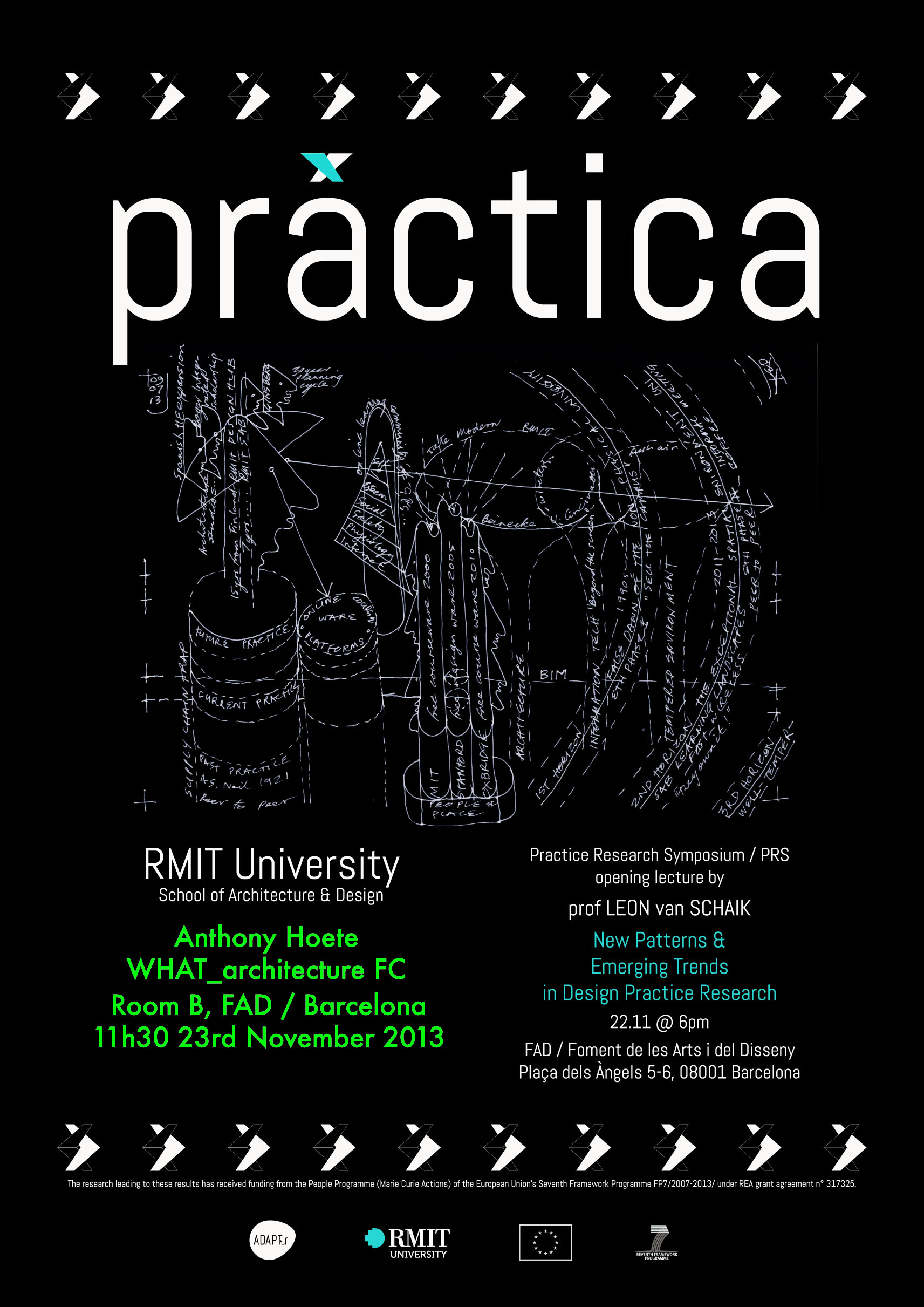 No one in the office can do ‘architecting’ quite like Marek can! No we have full remote-server access for the live ‘archi-lecture’ in Barcelona…
No one in the office can do ‘architecting’ quite like Marek can! No we have full remote-server access for the live ‘archi-lecture’ in Barcelona…
179prs_GAME OF ARCHITECTURE
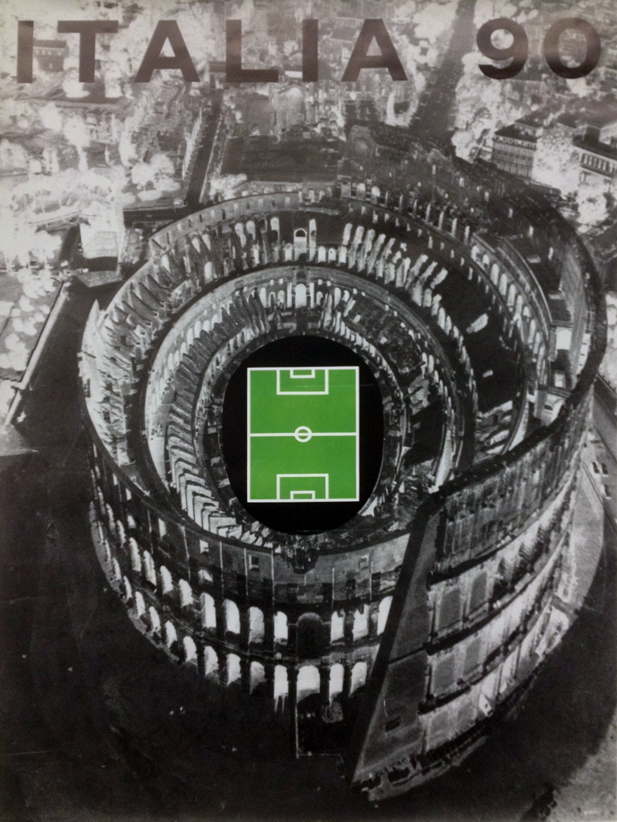 (Christies Lot 70, Sale 5483, Alberto Burri (1915-1995) Italia 90 offset lithograph in colours, 1990 Estimate: £500-700, by famous Italian mixed-media artist Alberto Burri (1915-1995) for the 1990 World Cup: Italia 90 is one of six versions produced for the 1990 World Cup, each with a different coloured central football pitch placed inside the contrasting black and white colosseum.)
Game play underpins the activities of WHAT_architecture. Let’s play a game noting that practise makes perfect!
When ‘practice’ (noun) is applied to architecture it suggests ideas of space: work place, office, institution, ethos.
When ‘practise’ (verb) is applied to architecture it suggests ideas of event: repetition, action. If applied to practising architecture, then this proposes that the result will be manifest in something. But what exactly? Is it in building(s) as architects so desperately pursue (even Philip Johnson said architects will design for nothing to get something built). If building was the goal of architecture, our office would then have to refute the ‘paper architecture’ of our founding thesis which researched John Hejduk’s Ten Texan Houses (all unbuilt). The legitimate contemporary expression of architecture is hardly building – Beatriz Colomina has long since opined that the book not the building is the legimate expression of architecture. We understood buildings through books, magazines and so ‘No’ architecture is not building and yet architecture has moved beyond print. So further than the big books (SMLXL and ‘Yes Is More’) to ‘Yes’: Yesterday’s paper architecture is today’s ‘screen architecture’. DeZeen, ArchDaily, Coolhunter are our pages: in digital, on the web, highly accessible and therefore more difficult to find Google withstanding.
Every contract drawing that WHAT_architecture issues features in its title block the rallying call of ‘Life Beyond Buildings’. What does this mean? We have spent a lot of time in the education sector – a nursery begats a school begats a university begats a city. Yet for the architect, SMLXL is not only about scale, but also about career progression. My time in education has a somewhat paradoxical conclusion: by studying in a school, teaching at a school and ultimately designing and building schools I have begrudgingly realised you ‘can teach under a tree’.
Learning is not about space, it is about people. The design of schools ought to be about the subjugation of space to the facilitation of events. Hence Life Without Buildings!
WHAT_architecture likes to ‘play with architecture’ . In doing so we aim to put the fun-back-into functionalism. To enjoy work. The Game of Architecture is played out everyday in the machinations of the press, the egomania of the architect, the contrivedness of predetermined competitions, in the awariding out of seasonal prizes. Yet the casting of architecture as a game to be played can also be strategic, tactical and ultimately rewarding for both player, spectator and society.
(Christies Lot 70, Sale 5483, Alberto Burri (1915-1995) Italia 90 offset lithograph in colours, 1990 Estimate: £500-700, by famous Italian mixed-media artist Alberto Burri (1915-1995) for the 1990 World Cup: Italia 90 is one of six versions produced for the 1990 World Cup, each with a different coloured central football pitch placed inside the contrasting black and white colosseum.)
Game play underpins the activities of WHAT_architecture. Let’s play a game noting that practise makes perfect!
When ‘practice’ (noun) is applied to architecture it suggests ideas of space: work place, office, institution, ethos.
When ‘practise’ (verb) is applied to architecture it suggests ideas of event: repetition, action. If applied to practising architecture, then this proposes that the result will be manifest in something. But what exactly? Is it in building(s) as architects so desperately pursue (even Philip Johnson said architects will design for nothing to get something built). If building was the goal of architecture, our office would then have to refute the ‘paper architecture’ of our founding thesis which researched John Hejduk’s Ten Texan Houses (all unbuilt). The legitimate contemporary expression of architecture is hardly building – Beatriz Colomina has long since opined that the book not the building is the legimate expression of architecture. We understood buildings through books, magazines and so ‘No’ architecture is not building and yet architecture has moved beyond print. So further than the big books (SMLXL and ‘Yes Is More’) to ‘Yes’: Yesterday’s paper architecture is today’s ‘screen architecture’. DeZeen, ArchDaily, Coolhunter are our pages: in digital, on the web, highly accessible and therefore more difficult to find Google withstanding.
Every contract drawing that WHAT_architecture issues features in its title block the rallying call of ‘Life Beyond Buildings’. What does this mean? We have spent a lot of time in the education sector – a nursery begats a school begats a university begats a city. Yet for the architect, SMLXL is not only about scale, but also about career progression. My time in education has a somewhat paradoxical conclusion: by studying in a school, teaching at a school and ultimately designing and building schools I have begrudgingly realised you ‘can teach under a tree’.
Learning is not about space, it is about people. The design of schools ought to be about the subjugation of space to the facilitation of events. Hence Life Without Buildings!
WHAT_architecture likes to ‘play with architecture’ . In doing so we aim to put the fun-back-into functionalism. To enjoy work. The Game of Architecture is played out everyday in the machinations of the press, the egomania of the architect, the contrivedness of predetermined competitions, in the awariding out of seasonal prizes. Yet the casting of architecture as a game to be played can also be strategic, tactical and ultimately rewarding for both player, spectator and society.
179prs_WHAT architecture FC
When we realised that the turnover of the world’s largest architectural practice Aecom will soon exceed that of the world’s largest football club, Real Madrid, it made us think about the relationship between football and architecture.









179prs_PRACTICE AS FC! THE ARCHITECTURE OFFICE AS FOOTBALL CLUB.
In the pursuit of awards and glory, fame and fortune, the running of a football club offers a surprising number of parallels to the running of an architectural practice.
In football there is increasingly an interest in how the game is played in as much as the end result (Abramovich’s sacking of Di Matteo was due to the team not playing in a flamboyant style even though it had just won the Champion’s League). It’s about methods as much as about results. Or rather it’s about entertainment.
Similarly in architecture. How a ‘building’ is designed is increasingly as important as the end result, particularly if it involves the public purse. How we play the game, how we win a job, how we build an office engages with professional issues including personnel contracts, team structures, training methods, management, key performance indicators and even how to run competitions constructs the role of team / office, and in doing so, defines the scope, power and influence of The Game of Architecture.
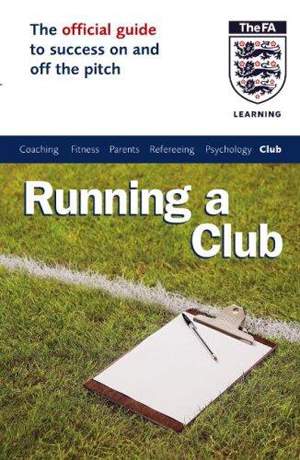
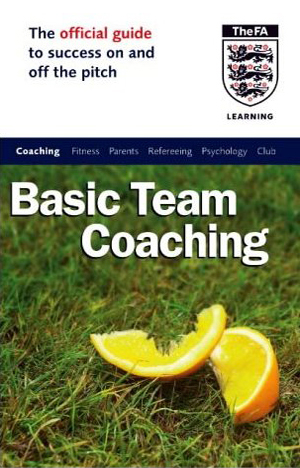
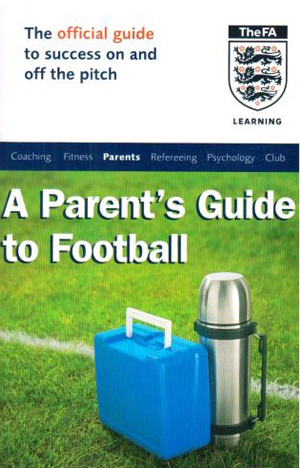
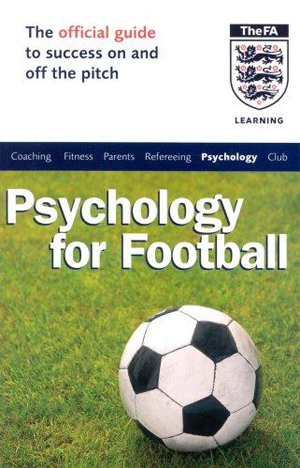
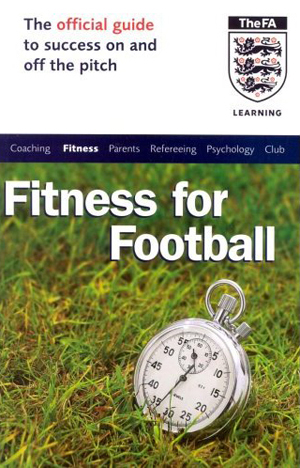
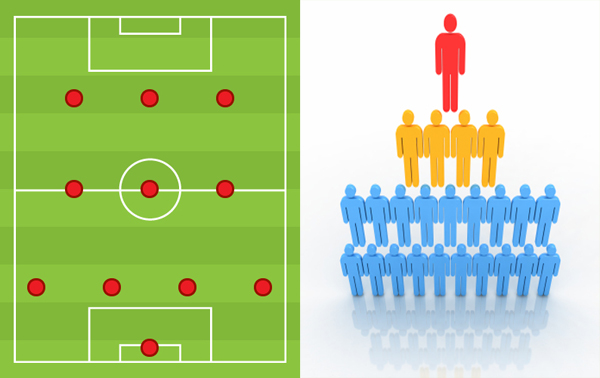
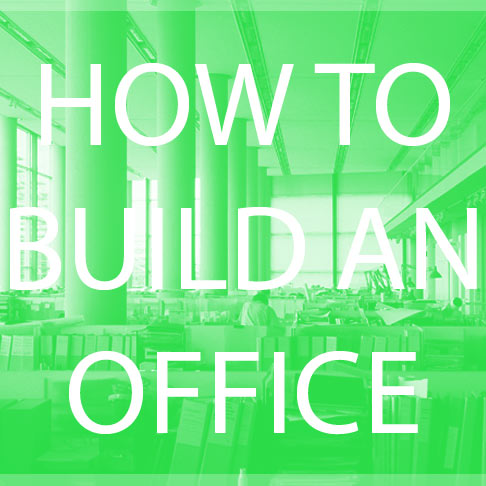








179prs_WORLD’S WORST ARCHITECTURE WEBSITES
 Architects like to picture themselves at the top of the design pyramid – the all-rounders who can design anything from a city to an earring. So why can’t they design their own websites?
I spend a great deal of time negotiating architects’ websites and, at the risk of biting the hand that feeds me, I’m amazed how bad most of them are. If their buildings were designed like their websites, people would forever be getting lost in mazes of corridors or opening doors to find a 10-storey drop on the other side or, like me, banging their heads against brick walls.
Take Renzo Piano. One of the world’s greatest architects, no doubt, but try to use his website and you’ll see what I mean. See how long it takes you to find the Nasher Sculpture Center in Dallas (one of his lesser known projects). It took me a good 10 minutes to work out there was any info at all. Only by dragging your cursor over the “Renzo Piano Building Workshop” logo do you fleetingly access the secret portal. Then you have to negotiate a succession of moving maps, mystifying symbols and surprise pop-up menus to find anything. It’s like a highbrow version of Tomb Raider. And be careful not to press the back button on your browser or you’re ejected from the whole site and back to square one. Renzo Piano has designed an airport in the middle of the sea for God’s sake – why should a website be beyond him? You’d be better off simply calling them up – but just you try finding the phone number.
It’s unfair to single out Piano – there are countless British architects whose sites are equally poor. Perhaps architects seriously imagine we want to spend half an hour watching Flash animations or maybe it’s a blind spot in their otherwise impregnable design armoury?
I’ll name and shame a few to give you an idea (all fine architects, I hasten to add):
· Zaha Hadid – “Look at a nice picture of me, then good luck finding what you’re after.”
· Will Alsop – A classic architect conceit: organise your work under pretentious titles like “moving”, “healing”, “playing” – as in, “I don’t design mere tube stations and hospitals, you know.”
· David Chipperfield – Tiny, light grey text on a white background is an architects’ favourite for some reason (not legibility). Poorly sighted clients apply elsewhere.
· Heneghan Peng – So minimal, it’s practically a blank screen.
· AHMM – Click the link, go and make a cup of tea, come back and it’ll still be loading (at least on my tired old machine).
· WHAT_architecture – A radical, graphic reinvention of the art of information display which you’ll need a degree in advanced cartography to work out.
· Herzog & De Meuron, Peter Zumthor etc – Of course, if you’re a super-elite practice you don’t have a website at all. If you need to look on the internet, you’re really not worthy to hire them.
Architects like to picture themselves at the top of the design pyramid – the all-rounders who can design anything from a city to an earring. So why can’t they design their own websites?
I spend a great deal of time negotiating architects’ websites and, at the risk of biting the hand that feeds me, I’m amazed how bad most of them are. If their buildings were designed like their websites, people would forever be getting lost in mazes of corridors or opening doors to find a 10-storey drop on the other side or, like me, banging their heads against brick walls.
Take Renzo Piano. One of the world’s greatest architects, no doubt, but try to use his website and you’ll see what I mean. See how long it takes you to find the Nasher Sculpture Center in Dallas (one of his lesser known projects). It took me a good 10 minutes to work out there was any info at all. Only by dragging your cursor over the “Renzo Piano Building Workshop” logo do you fleetingly access the secret portal. Then you have to negotiate a succession of moving maps, mystifying symbols and surprise pop-up menus to find anything. It’s like a highbrow version of Tomb Raider. And be careful not to press the back button on your browser or you’re ejected from the whole site and back to square one. Renzo Piano has designed an airport in the middle of the sea for God’s sake – why should a website be beyond him? You’d be better off simply calling them up – but just you try finding the phone number.
It’s unfair to single out Piano – there are countless British architects whose sites are equally poor. Perhaps architects seriously imagine we want to spend half an hour watching Flash animations or maybe it’s a blind spot in their otherwise impregnable design armoury?
I’ll name and shame a few to give you an idea (all fine architects, I hasten to add):
· Zaha Hadid – “Look at a nice picture of me, then good luck finding what you’re after.”
· Will Alsop – A classic architect conceit: organise your work under pretentious titles like “moving”, “healing”, “playing” – as in, “I don’t design mere tube stations and hospitals, you know.”
· David Chipperfield – Tiny, light grey text on a white background is an architects’ favourite for some reason (not legibility). Poorly sighted clients apply elsewhere.
· Heneghan Peng – So minimal, it’s practically a blank screen.
· AHMM – Click the link, go and make a cup of tea, come back and it’ll still be loading (at least on my tired old machine).
· WHAT_architecture – A radical, graphic reinvention of the art of information display which you’ll need a degree in advanced cartography to work out.
· Herzog & De Meuron, Peter Zumthor etc – Of course, if you’re a super-elite practice you don’t have a website at all. If you need to look on the internet, you’re really not worthy to hire them.
179prs_GAMESHOW: WHAT DO YOU THINK GENT!?
For PRS3 in Gent, WHAT_architecture will continue its venturous practices and risk-taking pursuits by abandoning the conventions of the archilecture typically characterised by a project trawl monologue. What do you think Gent? (Use your phone: text, stills, video, audio, LIKE).
To help create a game we will briefly dissect gameplay’s three critical components: Space, Time and Players. Lose any one component and play will cease to occur and so the manner in which these components are bound together, by rules, defines the WHAT_gameshow and gives it identity. From Plato to playdoh to PlayStation, play has long held a fascination for its creative interactivity. WHAT_gameshow questions the archilecture and puts the fun back into functionality. To play this game you have to press LIKE to Enter / Exit.
To facilitate the creative stimulus of the audience, building user friendliness, in WHAT_gameshow we will kick off by appraising architecture as football. After all, architects play football (Ben van Berkel, Jacques Herzog…), design football (Allianz Arena, Estadio Municipal de Braga, Stadio Communal de Firenze, Portsmouth Stadium…), die football (Shankly, Mourinho whiteboards).
1. Space / Cartesian / 2D flatness / Gameboard / Playing field? For football this is approximately 70m x 100m. Where is game space in architecture.? In the flat gameboard-like Lowlands The site? Or the office’s day-to-day layout? Am I Vlaanderen or floundering?
2. Time / duration / being first / avant garde / innovation? A football match lasts 90 minutes although there is ‘injury time’, ‘extra time’, ‘golden time’. When is it game time in Architecture? Spiegel Online recently reported that the Wangjing Soho project by Zaha Hadid is being constructed twice. “Pirates are in the process of copying one of her provocative designs and the race is on to see who can finish first”. What value is design speed vs build speed? Obviously the design comes before the building but which do we see first? Magazines would say the building.Reality over virtual. But what about Architecture or Resolution? Digital design today means the image looks like the building but built! The accelerates architectural recognition! You win more competitions! Then awards! >What would the WHAT_architecture Award be for and who would receive it? Rem Koolhaas? Magda Szerla? Or the Bishop of Willesden?
3. Players / peers / roles? There are 22 players in a football game excluding substitutes. The best players are bought by the biggest clubs. Who are the players in architecture? In public procurement, only big offices are invited to play. A big player is measured by turnover, staff numbers, employee type. Or you adopt a younger more pressing game: make your name in the magazines. There are at least a Dezeen player formations in football range from the traditional 4-4-2 to 3-5-2 to the 4-3-2-1 which most closely assumes the pyramidal management hierarchies found in most large offices. Small offices keep it closer, often deploying flat organisational structures. AT WHAT_architecture we call it the Intern/National style. You win what you play: be as good as you can be for yourself and the team. Quick exchanges of information, tiki taka style. A fast controlled movement of a ball of ideas. Natalia: I think we should number the chairs 1-15.
 Game on! It’s GameShow coming to you live from Gent. April 27th.
Game on! It’s GameShow coming to you live from Gent. April 27th.
 Game on! It’s GameShow coming to you live from Gent. April 27th.
Game on! It’s GameShow coming to you live from Gent. April 27th.
179prs_WHAT ARCHITECTURE AWARD?
Welcome to the Game of Architecture. A game of fame and fortune. David Neustein in writing about Conrad Newel’s blog Notes on Becoming a Famous Architect, says Newel attempts to deconstruct the mythology of the “starchitect.” A recent post, entitled “The deceptive paradox that is the Zumthor brand,” describes how Peter Zumthor has skilfully engaged the press in order to construct the image of an architect disinterested in publicity. Writes Newel: “Any publicist will tell you that the first rule of making a name for yourself or managing your image is: Be nice to people, but bend over backwards for the press.”
To become famous one must win an award. And vice versa. The culture of the architectural award is intertwined with the machinations of the press. Amongst our burgeoning office spam are congratulatory invitations from publishing houses that sponsor design awards ceremonies feeding off architecture’s ego. An invitation to an institutional dinner celebrating your shortlisting is in fact a long-list invoice to ‘fine dine the fame game’. As an example, for the 2012 New London Awards individual tickets are £150 +VAT, discounted table prices set at £2000 +VAT. Yet that’s merely eating Waitrose cuisine heated to beyond Sketch prices.
If WHAT_architecture were to design an award, what would it be awarded for? Probably not to an architect, an architectural practice or a building as there are plenty of awards already in circulation for those but more likely to an insightful client or building user without which architecture cannot exist.

 European Hotel Design Awards (13 categories, £199 per project)
WAN Interiors Annual Awards (14 categories, £250 per project)
World Architecture Festival Awards (43 categories, $730 per project discounted to $2,374 for 4 project entries)
AR+D Awards for Emerging Architecture (£180 per project)
LEAF Awards (12 categories, £300 per project, awards dinner table £2,200 for ten people of £275 per person)
TBC…
European Hotel Design Awards (13 categories, £199 per project)
WAN Interiors Annual Awards (14 categories, £250 per project)
World Architecture Festival Awards (43 categories, $730 per project discounted to $2,374 for 4 project entries)
AR+D Awards for Emerging Architecture (£180 per project)
LEAF Awards (12 categories, £300 per project, awards dinner table £2,200 for ten people of £275 per person)
TBC…

 European Hotel Design Awards (13 categories, £199 per project)
WAN Interiors Annual Awards (14 categories, £250 per project)
World Architecture Festival Awards (43 categories, $730 per project discounted to $2,374 for 4 project entries)
AR+D Awards for Emerging Architecture (£180 per project)
LEAF Awards (12 categories, £300 per project, awards dinner table £2,200 for ten people of £275 per person)
TBC…
European Hotel Design Awards (13 categories, £199 per project)
WAN Interiors Annual Awards (14 categories, £250 per project)
World Architecture Festival Awards (43 categories, $730 per project discounted to $2,374 for 4 project entries)
AR+D Awards for Emerging Architecture (£180 per project)
LEAF Awards (12 categories, £300 per project, awards dinner table £2,200 for ten people of £275 per person)
TBC…
179prs_WHAT IS ARCHITECTURE: DRAWING, BUILDING + WEBSITE?
What does an architect do? Design buildings? Build designs? With GameShow coming up the role of the Architect as a player is under question… at 2013 Design of The Year Awards the winner was not a building but a website. So the legitimate expression of architecture today appears to be no longer the building, or even the book, but now ephemeral web based medium.
 So WHAT_architecture do we do and when? That architecture manifest as building only represents around 10% of the possible manifestations (drawings, buildings, websites, archilectures…?) Peter Eisenmann thinks: “The ‘real architecture’ only exists in the drawings. The ‘real building’ exists outside the drawings. The difference here is that ‘architecture’ and ‘building’ are not the same.”
So WHAT_architecture do we do and when? That architecture manifest as building only represents around 10% of the possible manifestations (drawings, buildings, websites, archilectures…?) Peter Eisenmann thinks: “The ‘real architecture’ only exists in the drawings. The ‘real building’ exists outside the drawings. The difference here is that ‘architecture’ and ‘building’ are not the same.”

 So WHAT_architecture do we do and when? That architecture manifest as building only represents around 10% of the possible manifestations (drawings, buildings, websites, archilectures…?) Peter Eisenmann thinks: “The ‘real architecture’ only exists in the drawings. The ‘real building’ exists outside the drawings. The difference here is that ‘architecture’ and ‘building’ are not the same.”
So WHAT_architecture do we do and when? That architecture manifest as building only represents around 10% of the possible manifestations (drawings, buildings, websites, archilectures…?) Peter Eisenmann thinks: “The ‘real architecture’ only exists in the drawings. The ‘real building’ exists outside the drawings. The difference here is that ‘architecture’ and ‘building’ are not the same.”



